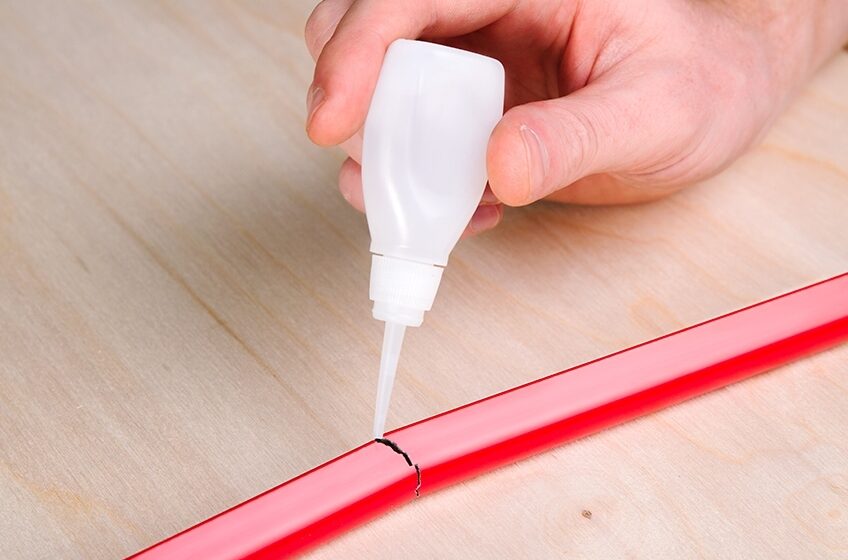The All-in-one Guide for Plastic Glues

Plastic Adhesives
Plastic glue have become an integrated part of our lives ever since they were discovered. In fact, they have revolutionized the way of live and has helped in some of the break through advancements. When it comes to plastics, it is generally misunderstood that they all are similar. In reality there are a wide variety of plastics and with unique properties.
Most of what we use on an every day basis are made of plastic. Your laptop’s body, the keys on the keyboard and perhaps even your child’s favourite toy. Sometimes you have encountered cases where they break and you need to fix it. Using super glue is one idea which pops up to everyone’s mind when it comes to fixing things. But not all plastics are same: Fixing some of the plastic may require different types of glues ranging from solvent based glues to epoxy resins.
Understanding the Recycle Icon Numbers
There are eight different numerical coding for different plastics. They indicate what type of Plastic glue the product is made of. Items engraved with a 1 are made from Polyethylene Terephthalate (PET), while 2 means High-Density Polyethylene (HDPE). 3 is used for Polyvinyl Chloride (PVC), 4 means Low-Density Polyethylene (LDPE), 5 represents Polypropylene (PP), 6 is for Polystyrene (PS), 7 indicates other plastics, and 9 is used to represent acrylonitrile butadiene styrene (ABS).
The previous step is the key to understand what type of plastic one is dealing with. So, when one knows what type of plastic, they are handling, the next step is to choose the proper glue for the plastic you’re working on. It is generally understood some plastics are extremely difficult to glue so one has to resort to specialized glues when it comes to certain plastics.
Types and Specifics
PVC, belonging to the third category, which is generally used in pipes and plumbing requires a two-part primer and cement to glue them together. The cement and primers are readily available in most hardware stores.
Polystyrene, in category 6, has a wide variety of applications and hence, it is something that one encounters on a common basis. To glue polystyrene, the best option is to use cyanoacrylate, epoxy resins etc.
Category 7 features all plastics that don’t fit into other sets or categories of plastics. So, choosing the best glue for the type of the plastic depends on the understanding of the material one is dealing with. For instance, poly carbonate is better glued by epoxy resins and acrylic plastics by acrylonitrile.
ABS Plastic glue belong to category 9. For gluing ABS plastics several solvent adhesives are available. However, they can also be glued by epoxy resins and cyanoacrylate glues.
Sometimes, you might encounter products where the type of plastic used is not specified. In that cases, it is up to one’s understanding and their educational guess to determine the type of material they are dealing with by examining its properties, and selecting the glue to work with accordingly.